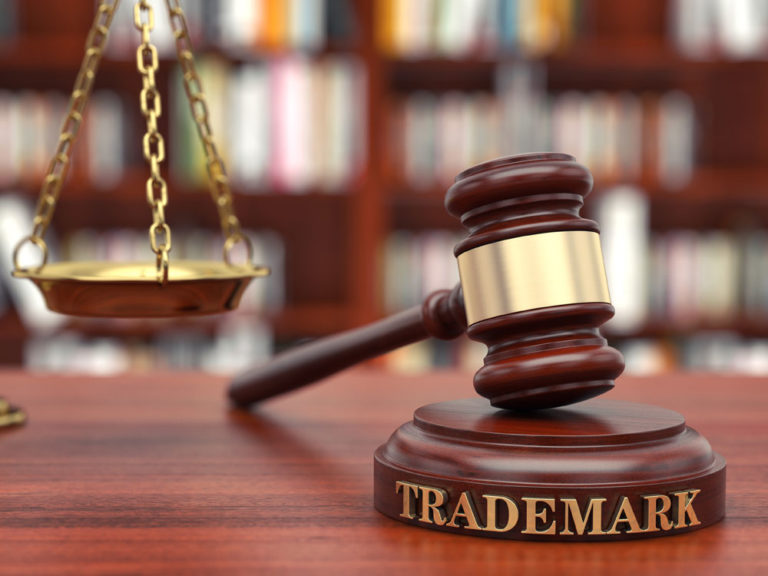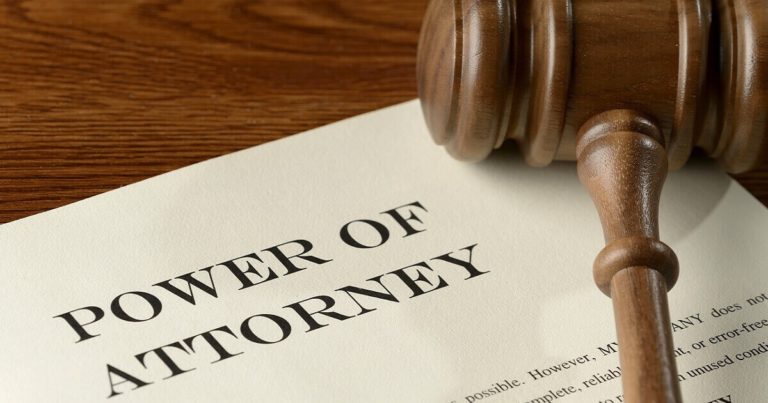
Unlike patents and copyrights, the topic being strictly restricted to statute, trademarks aren’t limited whatsoever by material. Rather a trademark is made the decision using what it’ll, not with what it’s. Thus, you will find registered trademarks for things including colors, scents, movements, sounds, personae, photos, product designs, presentation, architectural designs (exterior and interior), along with other stuff that can not be easily categorized. Because these items can become identified, within the minds of consumers, obtaining a distinctive method of getting services or products very similar that traditional trademarks (i.e. words and logos) are. If you notice the colour eco-friendly featured conspicuously in a ad, for instance, you realize it becomes an ad for T-Mobile. You have to a specific fish shape for almost any cracker, the 3-note chime appear in the certain TV network, the packaging in the certain small drop of chocolate, along with a small eco-friendly lizard “spokesperson” with an insurer.

“A trademark is often as a trademark does” covers rules defining what can be protected as being a trademark. Virtually a thing that consumers believe could only help, or while using the permission of, just one source (i.e. a business or any other entity) is, clearly, a trademark. It doesn’t matter that buyers do not know the specific source, that they already know that that whenever they see products or services bearing the trademark they believe this services or products originates from an origin common or connected while using origin of other such similarly trademarked services and products.
Trademark law’s purpose should be to safeguard consumers from confusion inside the best way to obtain products or services. As modern marketing can get to get modern-day and artistic based on the ways in which it seeks to differentiate its services and products available on the market, trademark lawyer evolves to encompass these new kinds of source identifiers. You will find however a few important checks concerning this expansion regulations imposes to keep competition fair and efficient as well as to ensure that trademarks don’t go into the territory of patents and copyrights.
The first legal doctrine that puts a collection limit on trademark material may be the functionality doctrine. Jetski from from like a trademark it could be a ingredient that includes value to products or services. Value during this context frequently means the opportunity to make product more cheaply, better product performance, additionally to mental advantages (for instance, a court held the color pink couldn’t certainly be a trademark for antacids since it may be a relaxing color).

The 2nd limitation on trademarks is on anything that may be perceived by consumers as mere ornamentation. This is often a way of praoclaiming that it does not “function” as being a trademark. This can be frequently an extremely subjective determination but includes, for instance, features which are mere variations on common facets of the thought of the item (i.e. floral patterns round the tissue box and t-shirt graphics). Unlike functional features, that may never become trademarks, ornamental features may become trademarks after a while by extended and exclusive use getting just one party.
Trademarks that encompass multiple elements, for example product design and packaging (including service design, like unique and distinctive restaurant interiors) are frequently known as trade dress. Trade dress that comprises the perception of an item itself always requires evidence that buyers do really view it a trademark, whereas trade dress that comprises packaging along with other items that aren’t integral to products or services itself may be protected immediately upon utilized in commerce, as extended because the trade dress is “inherently distinctive” (i.e. acquiring the opportunity to transcend the most used or usual).







